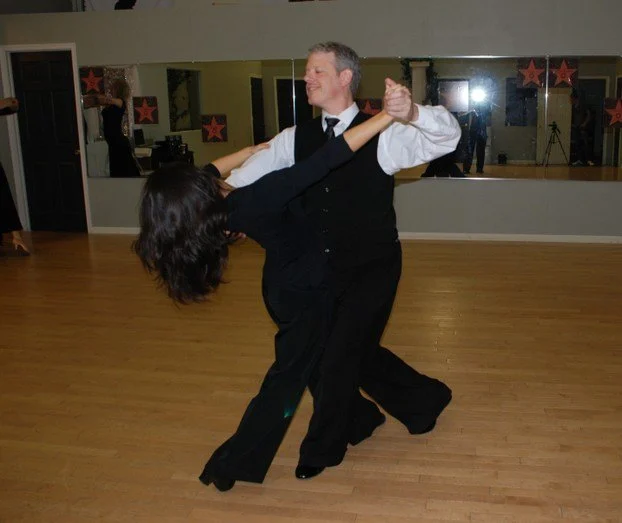
- Understanding the Elegance of the Waltz
- 1. The Box Step: Foundation of the Waltz
- 2. The Left Box Turn: Turning with Grace
- 3. The Right Box Turn: Smooth and Flowing
- 4. The Natural Turn: Adding Fluidity
- 5. The Reverse Turn: Mastering the Backward Flow
- 6. The Outside Partner: Creating Dynamic Movement
- 7. The Inside Partner: Bringing Balance
- 8. The Twinkle: Elegance in Action
- 9. The Promenade: Stylish and Poised
- 10. The Fleckerl: A Challenging Spin
- Conclusion: Perfecting Your Waltz
Understanding the Elegance of the Waltz
The waltz is one of the most elegant and timeless ballroom dances, known for its smooth, flowing movements and graceful turns. Whether you're a complete beginner or looking to refine your waltz technique, learning the basic and advanced waltz moves is key to becoming a skilled dancer. In this article, we will guide you through the top 10 essential waltz moves that every dancer should master, providing you with the confidence and knowledge to shine on the dance floor.
1. The Box Step: Foundation of the Waltz
The box step is the foundation of all waltz movements. This step forms the basic pattern that helps dancers understand timing and movement in the waltz. To perform the box step, the leader steps forward with the left foot, and the follower steps backward with the right foot, creating a square pattern. The movement is smooth and continuous, forming the "box" shape, which is crucial for the flow of the dance.
2. The Left Box Turn: Turning with Grace
The left box turn is a variation of the basic box step, where the dancer adds a graceful turn to the movement. As the leader steps forward with the left foot, they rotate to the left, guiding the follower in a counter-clockwise direction. This turn enhances the fluidity of the waltz and introduces a circular motion that adds elegance to the dance.
3. The Right Box Turn: Smooth and Flowing
Similar to the left box turn, the right box turn is performed by the leader stepping forward with the left foot but turning to the right instead. This creates a clockwise rotation, which adds contrast and balance to the dance. The right box turn requires smoothness and control to maintain the flow of movement and stay in sync with your partner.
4. The Natural Turn: Adding Fluidity
The natural turn is another essential waltz move that involves turning in a smooth, natural motion. The leader begins by stepping forward with the left foot, followed by the right foot as they rotate clockwise. This turn is often used in the waltz to seamlessly transition between steps while maintaining the dance’s elegant flow.
5. The Reverse Turn: Mastering the Backward Flow
The reverse turn is the opposite of the natural turn, where the leader steps forward with the left foot but rotates counterclockwise. This move creates a flowing backward motion and is often used to add variety and complexity to the waltz. Mastering the reverse turn is crucial for maintaining a balanced and dynamic waltz routine.
6. The Outside Partner: Creating Dynamic Movement
The outside partner move allows dancers to step away from each other, creating more space and a dynamic visual effect. The leader steps to the left with the right foot, while the follower moves to the opposite side. This move adds a burst of energy to the waltz and showcases both dancers' ability to move together while creating a beautiful visual image.
7. The Inside Partner: Bringing Balance
In contrast to the outside partner move, the inside partner step brings dancers closer together. Both partners step toward each other, adding a feeling of intimacy and connection. This move requires coordination and timing to maintain balance and stay in sync throughout the performance.
8. The Twinkle: Elegance in Action
The twinkle is a show-stopping move that involves a series of quick, precise steps. It’s performed when the leader takes a quick step to the side, followed by the follower stepping in the opposite direction. The twinkle is often used during performances to add a touch of flair and elegance to the waltz routine.
9. The Promenade: Stylish and Poised
The promenade is a classic waltz move where both dancers walk side by side, facing the same direction. This move exudes grace and poise, as the dancers move in sync while maintaining a smooth and elegant posture. It is often performed at a slower tempo, emphasizing the fluidity of the waltz.
10. The Fleckerl: A Challenging Spin
The Fleckerl is a challenging yet rewarding move in the waltz. This spin involves the leader guiding the follower into a series of tight, quick turns while maintaining balance and elegance. It requires strong control and technique, making it a perfect move to show off your waltz skills during a performance.
Conclusion: Perfecting Your Waltz
Mastering these top 10 waltz moves will elevate your dance skills and give you the confidence to perform on any stage. Whether you're dancing socially or preparing for a competitive performance, these essential moves will help you create a graceful, flowing waltz routine. With consistent practice, you'll become a more polished and expressive dancer.
At American Dance Academy, we offer expert guidance and classes to help you refine your waltz technique. Whether you're just starting out or looking to improve, our experienced instructors are here to help you take your dance to the next level.

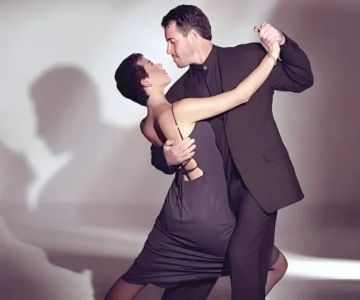
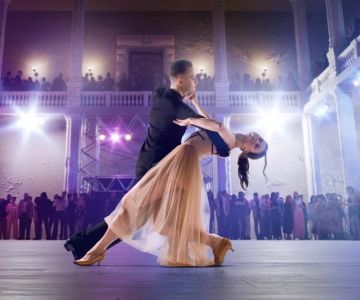
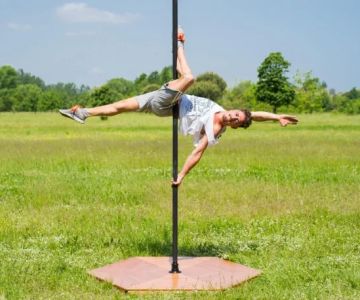
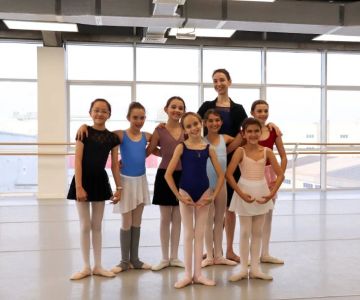
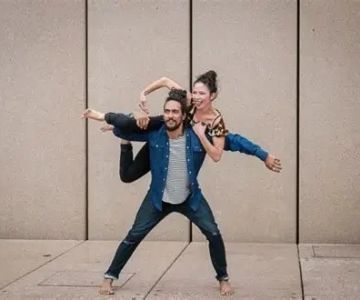
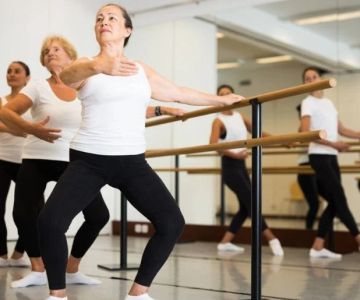
 The Dance Center at My Gym5.0 (2 reviews)
The Dance Center at My Gym5.0 (2 reviews) EMDC5.0 (18 reviews)
EMDC5.0 (18 reviews) Quest Dance & Quest Elite Cheer4.0 (9 reviews)
Quest Dance & Quest Elite Cheer4.0 (9 reviews) TangoChicago2.0 (2 reviews)
TangoChicago2.0 (2 reviews) Steppin Time Performing Arts Center5.0 (22 reviews)
Steppin Time Performing Arts Center5.0 (22 reviews) International Dance, LLC.4.0 (21 reviews)
International Dance, LLC.4.0 (21 reviews) Why Waltz is Popular for College Students
Why Waltz is Popular for College Students Professional Hip Hop Dance Videos School: Train Anywhere with the Best
Professional Hip Hop Dance Videos School: Train Anywhere with the Best How to Master Shuffle Dance for Adults: Step-by-Step Guide and Tips
How to Master Shuffle Dance for Adults: Step-by-Step Guide and Tips Can We Film in the Kaufman School of Dance USC? Here’s What You Need to Know
Can We Film in the Kaufman School of Dance USC? Here’s What You Need to Know Bollywood Dance for Couples: Common Mistakes to Avoid
Bollywood Dance for Couples: Common Mistakes to Avoid Jazz Dance You Can Learn at Home: Step by Step
Jazz Dance You Can Learn at Home: Step by Step